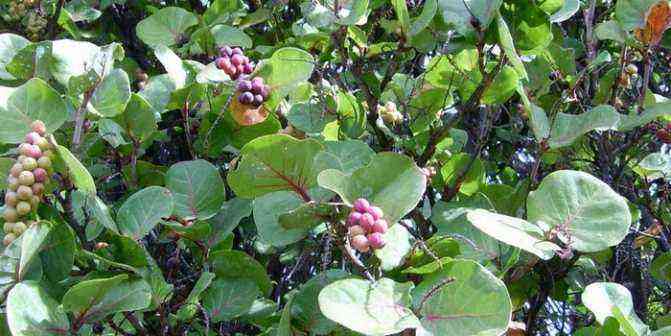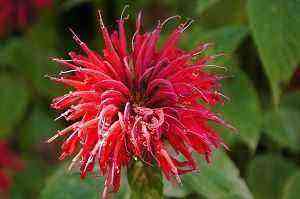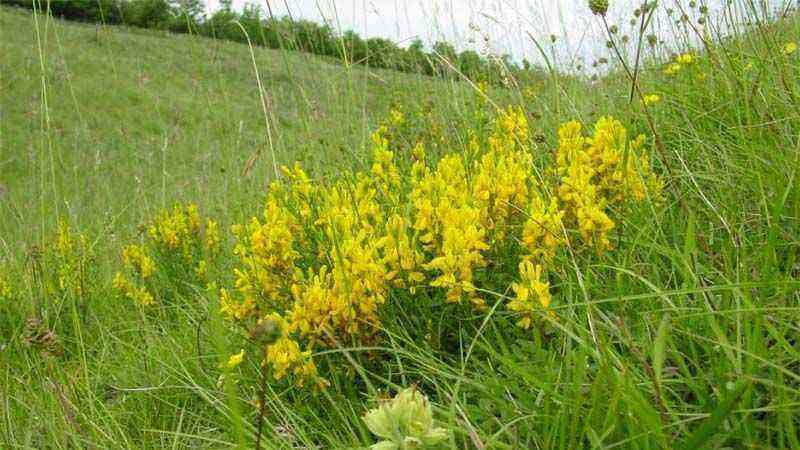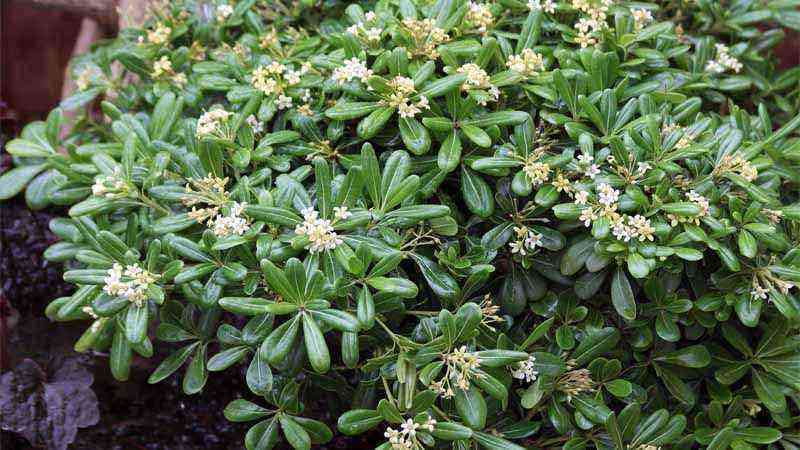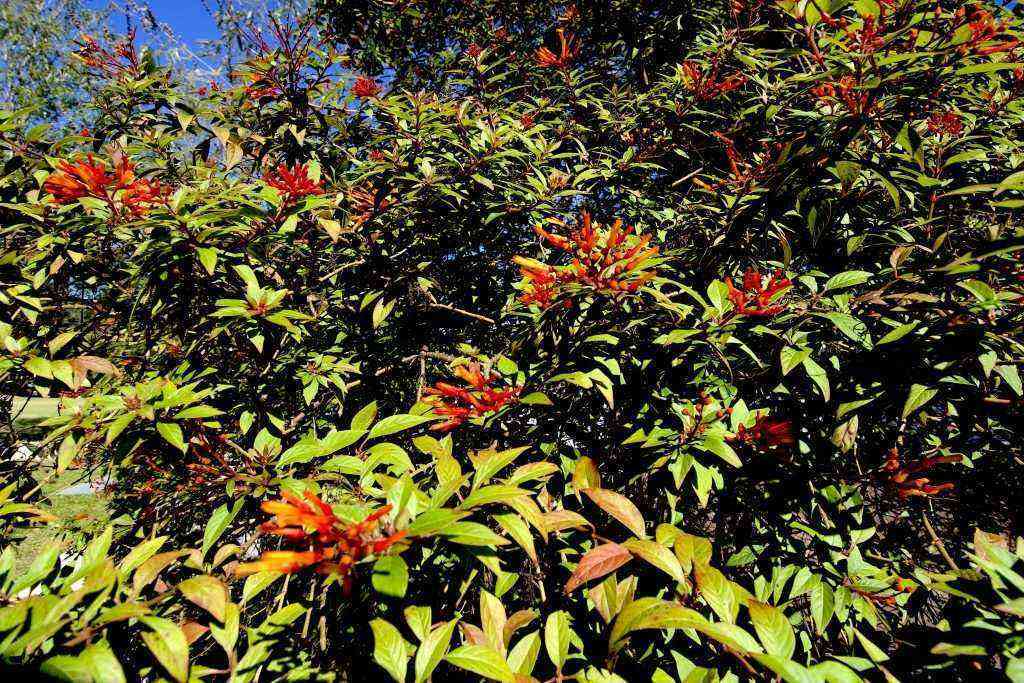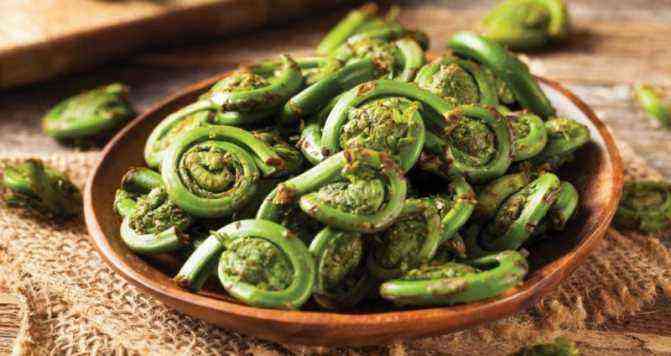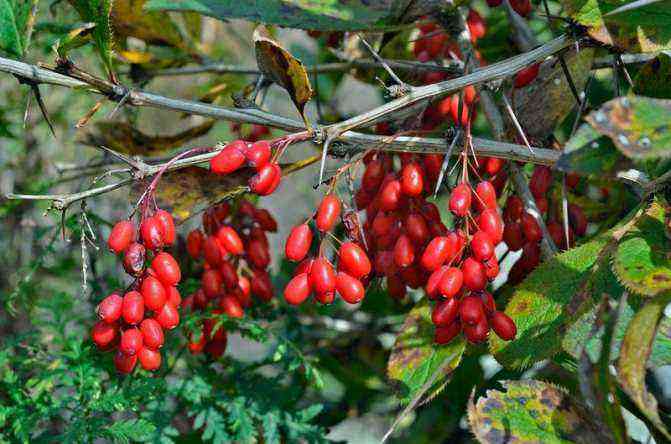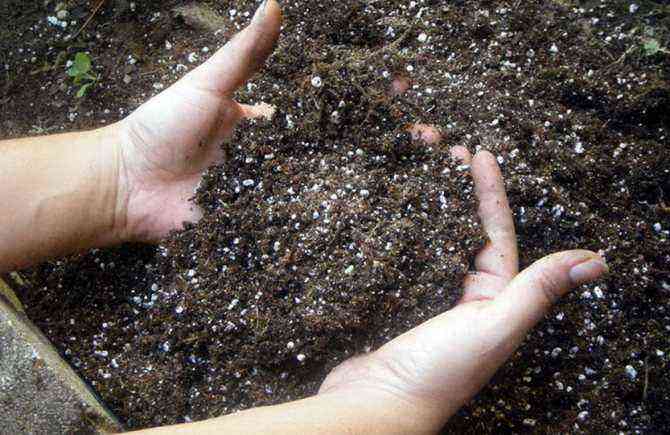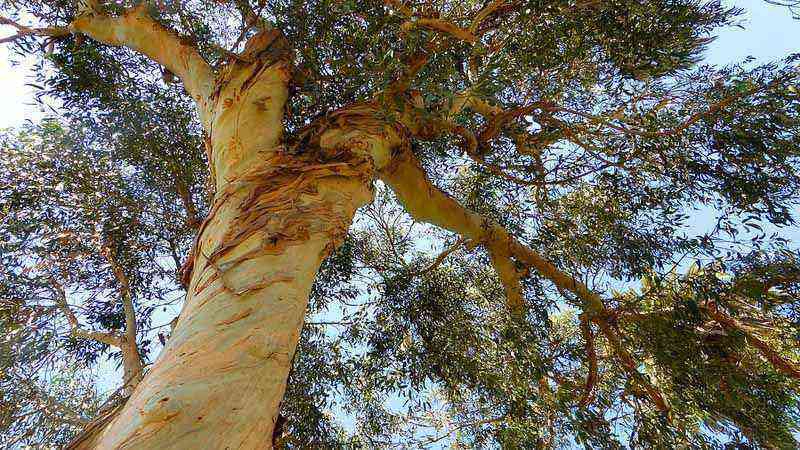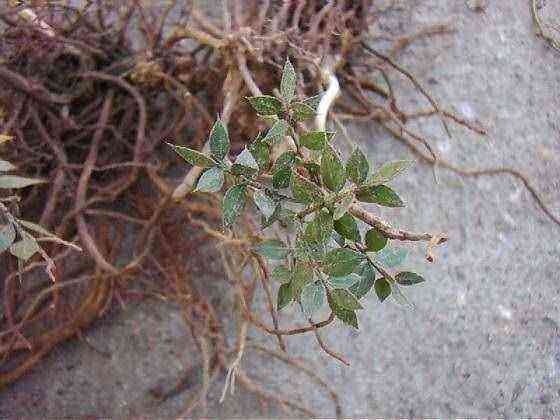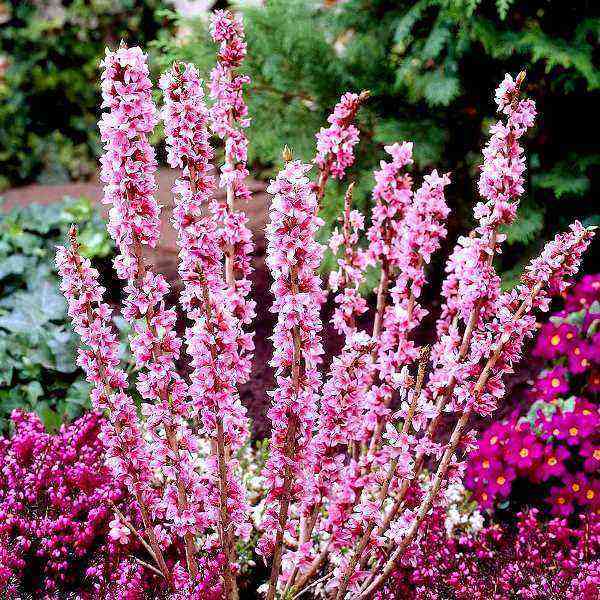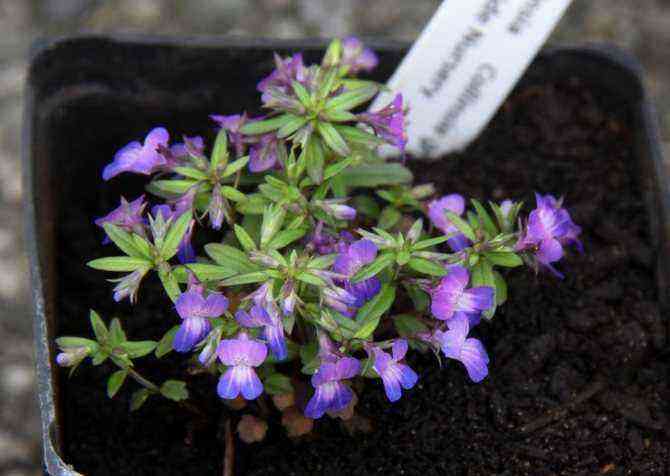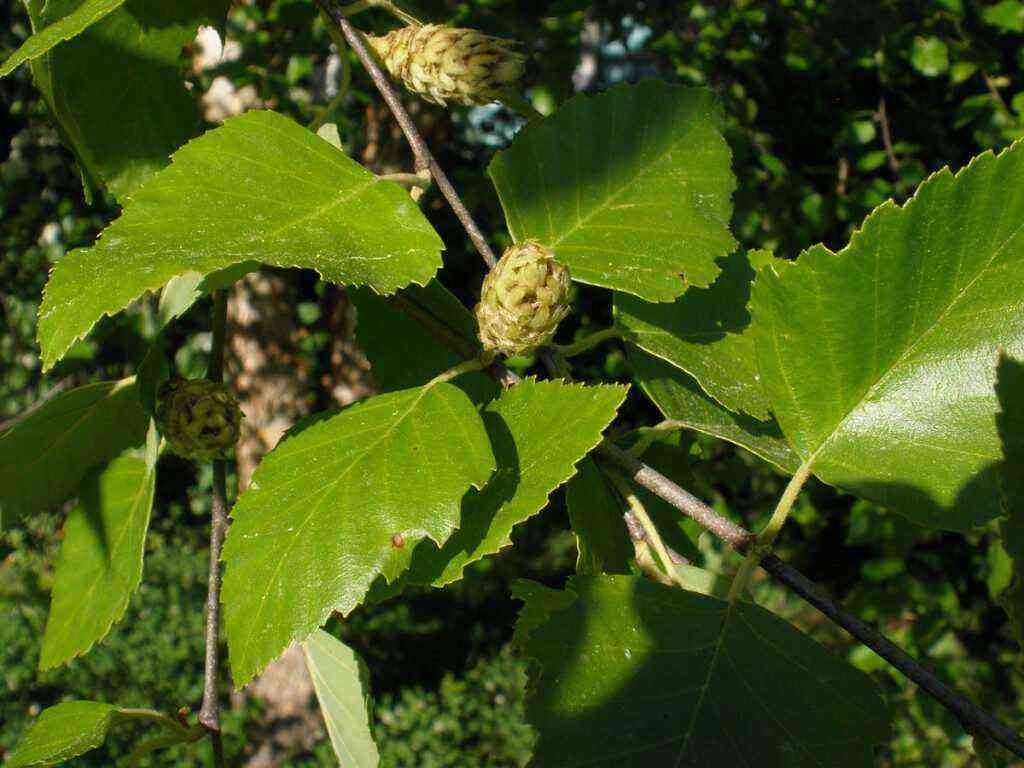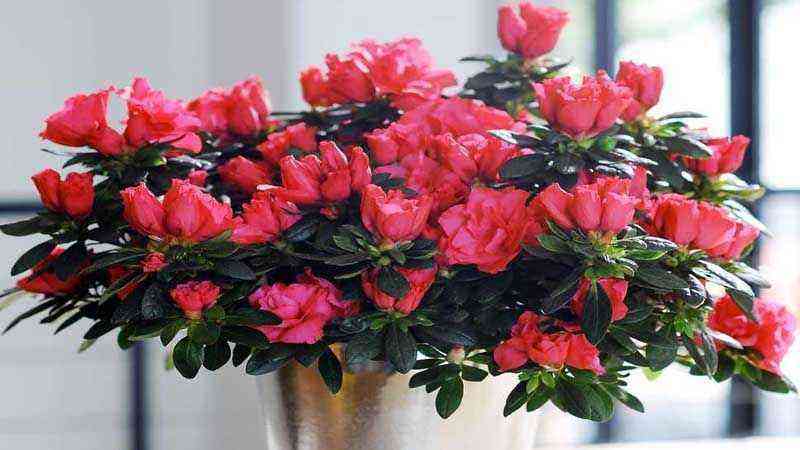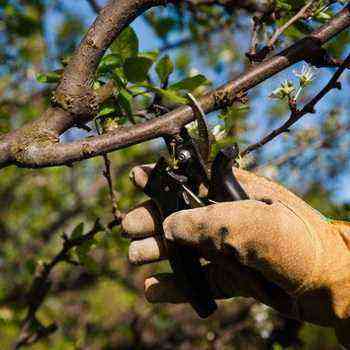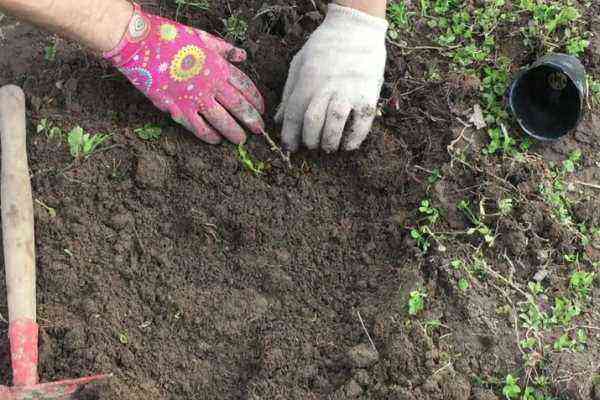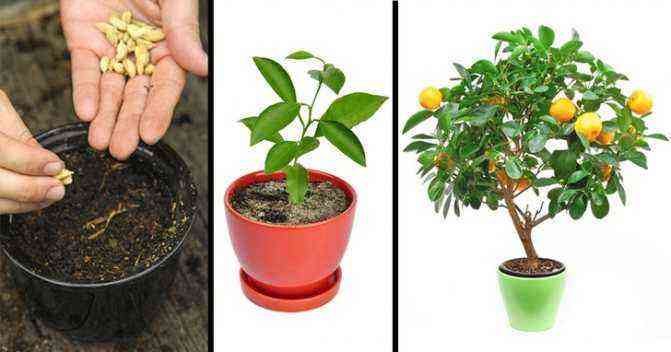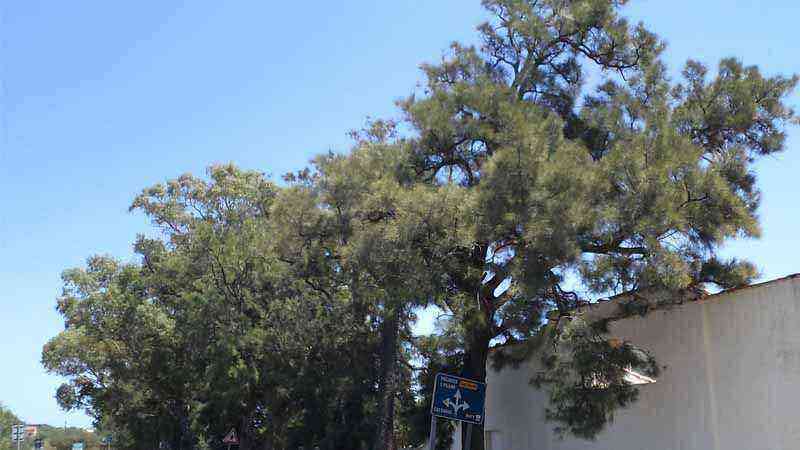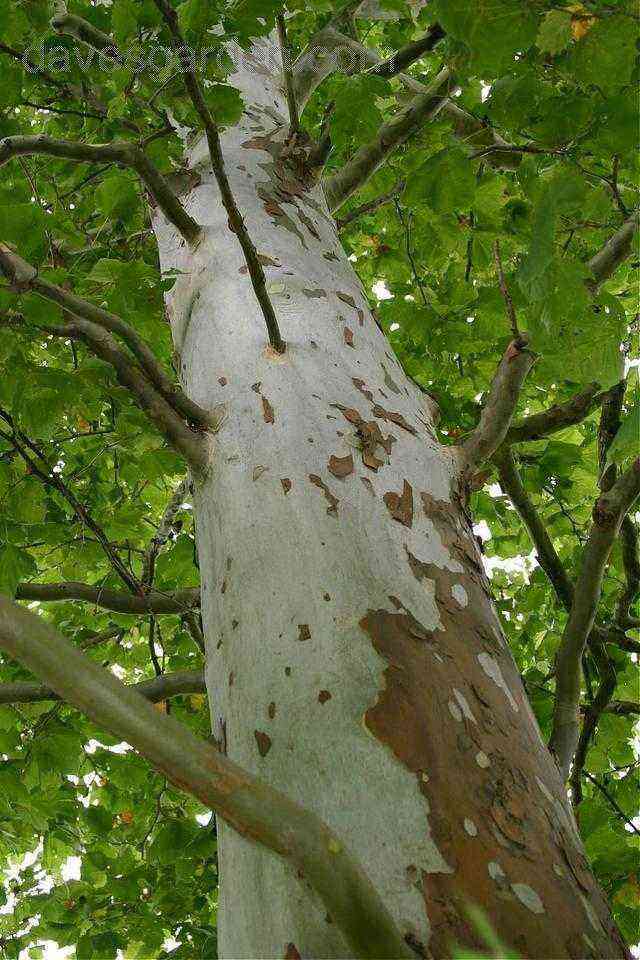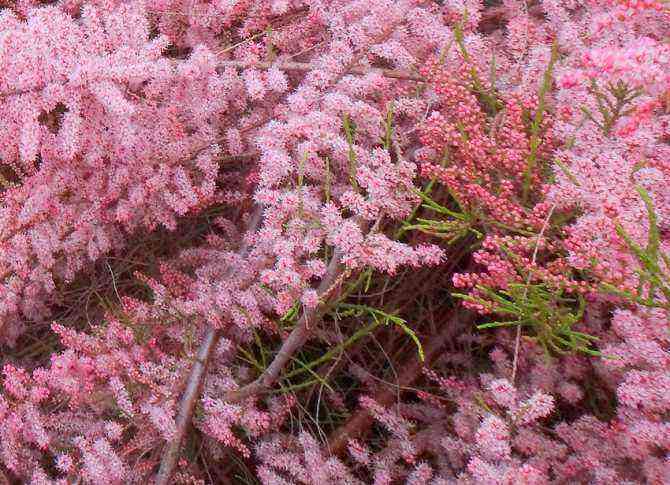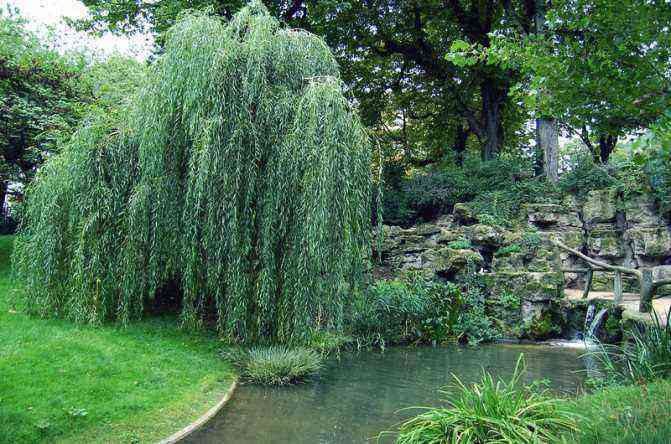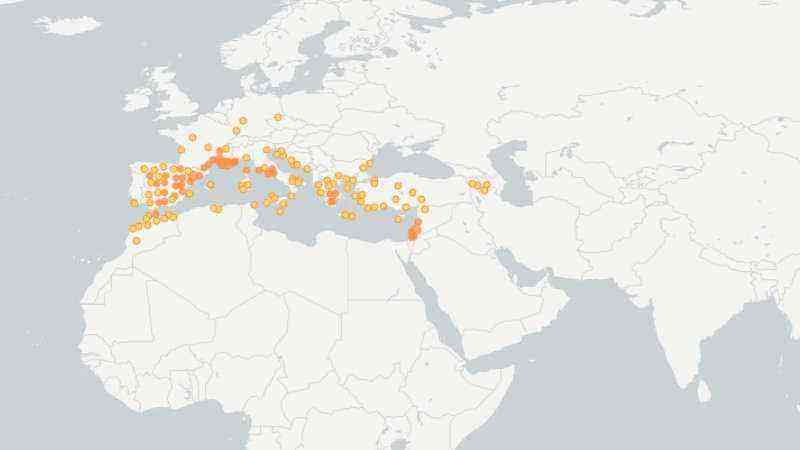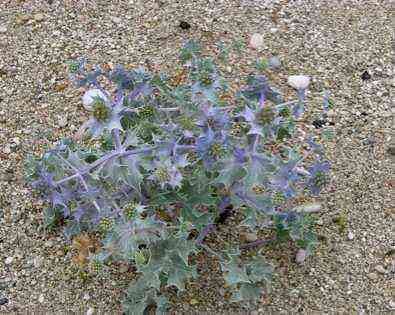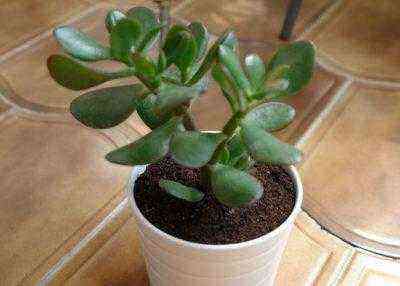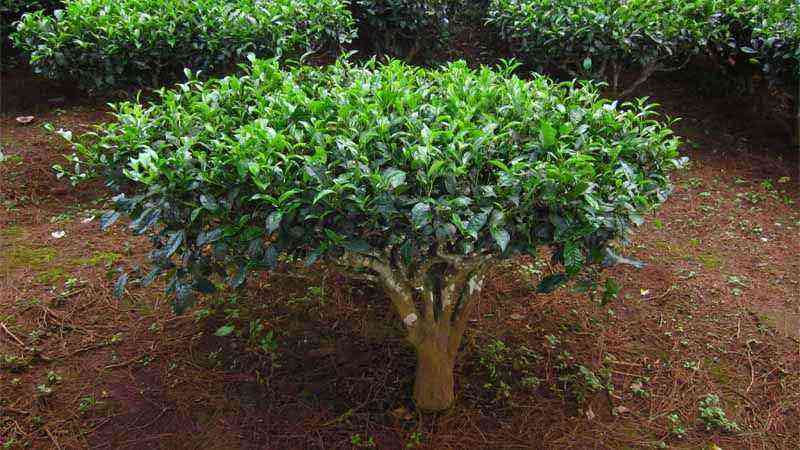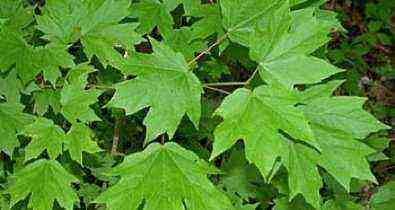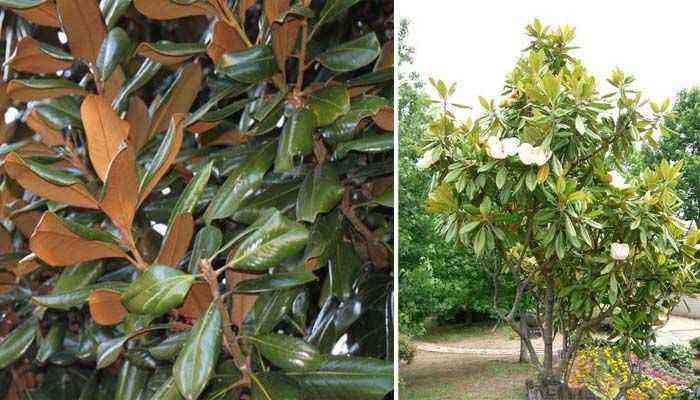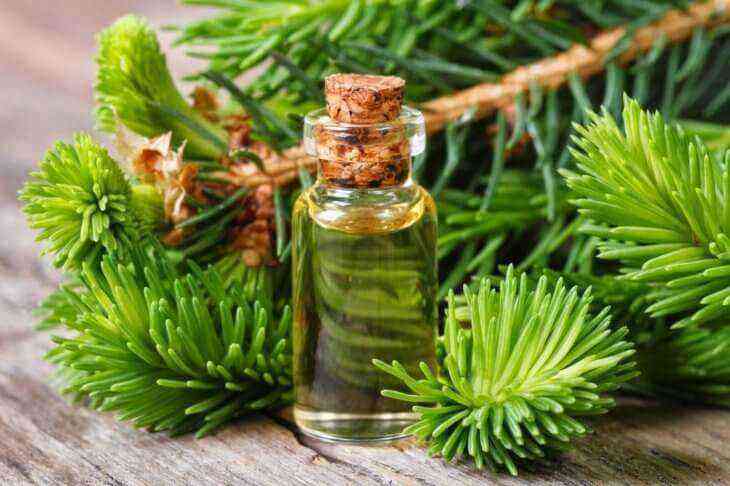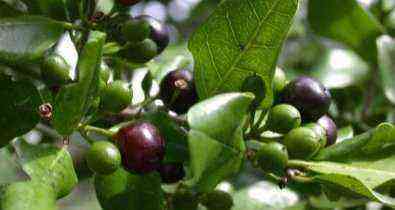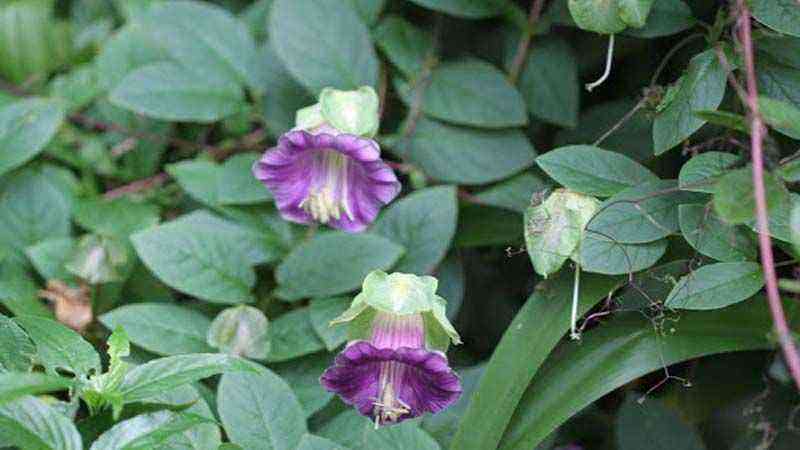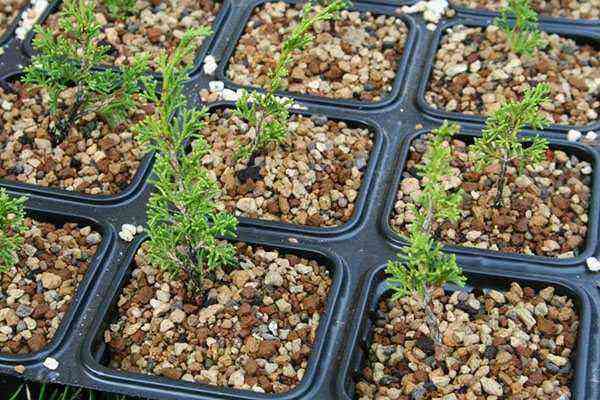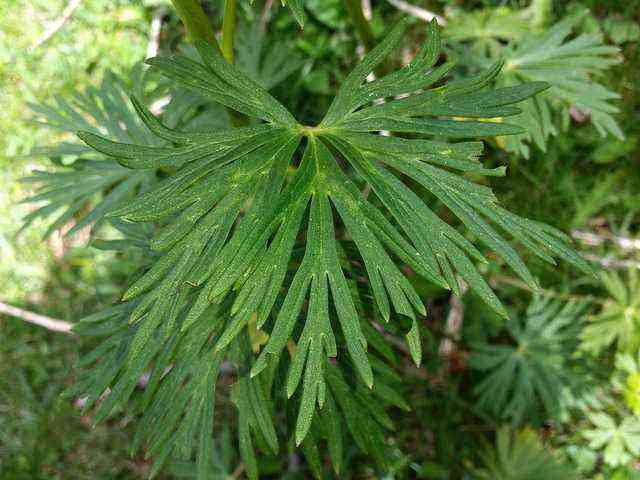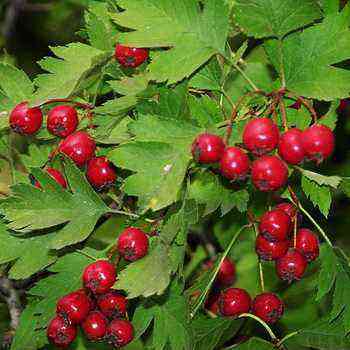Kokkoloba berry
Botanical name: Coccoloba berry or Sea grapes (Coccoloba uvifera). A small tree of the genus Kokkolob, family Grechani.
Homeland kokkoloby berry: South America.
Lighting: partial shade.
Priming: sandy.
Watering: moderate.
Maximum tree height: 17 m.
Average life expectancy: 60 years old.
Landing: seeds, cuttings.
Diseases and pests
At home, the plant is susceptible to attacks by spider mites . Especially if greenhouses have dry air and high temperature characteristics. To get rid of the pest, the stems are washed in a stream of warm water at 45 ° C. Then the stem is sprayed with the chemical “Aktellik”.
The tree is often affected by root rot . The disease occurs when the soil is waterlogged and the flower is flooded. To eliminate diseases, the flower needs to change its location.
Kokkoloba Berry grows well in greenhouses and gardens . It is a melliferous plant, widely used in culinary and wine making. Propagated by seeds and cuttings. Under natural conditions, it tolerates saline soils well.
If you find an error, please select a piece of text and press Ctrl + Enter.
Description of the berry coccola and its photo
Coccolaba is an evergreen tropical tree that reaches up to 17 m in height. Cultivated individuals reach 2-8 m. The bark is smooth, yellowish. The leaves are large, oval or ovate, 12 cm long, up to 20 cm wide, leathery, dense, entire, shiny. Dark green above, light green below. The young leaves have red streaks, the old – cream. The flowers are small, creamy, fragrant, collected in racemes. At the end of flowering, a fruit is formed from each flower.
The fruits are spherical, 2-3 cm in diameter, with a woody skin of purple hue, combined in a brush, so reminiscent of bunches of grapes. The flesh is sweet, with a slight taste of nutmeg. Inside the fruit is one large seed. When ripe, the fruits fall off.
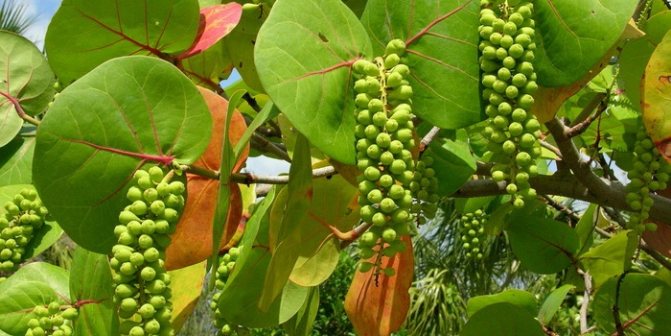
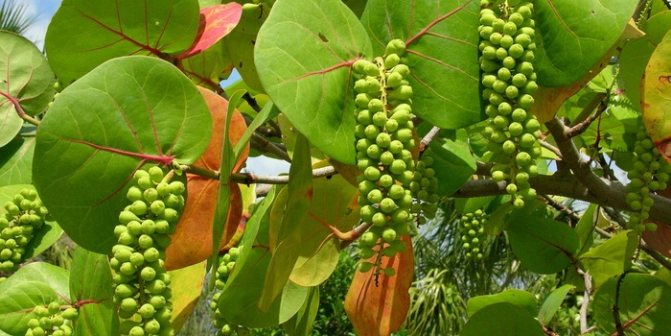
Above is another photo of coke.
Coccola berry grows in Central America, Mexico, South Florida, the Greater and Lesser Antilles.
This plant settles on sandy soils in the coastal strip. Like all tropical trees, heat-loving, can withstand short-term temperatures down to 2 ° C. Does not tolerate temperatures below 0 ° C. Resistant to winds, grows well in shade and on saline soils.
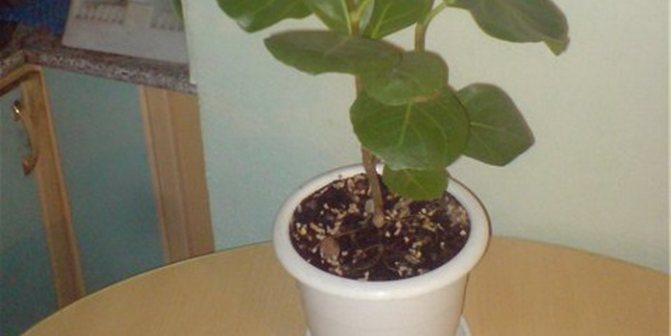
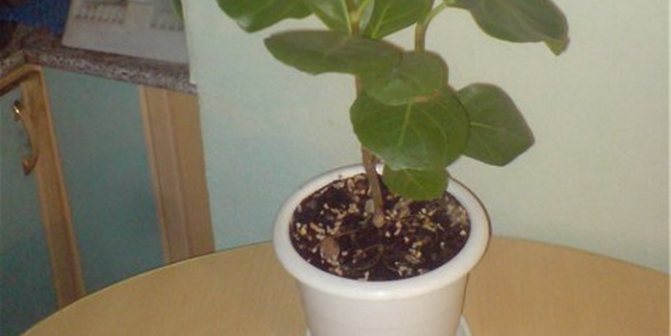
At home, this tropical exotic is quite difficult to grow. With improper care, the tree grows very slowly and develops poorly. You can grow berry coccola in a greenhouse or botanical garden. The culture does not bloom indoors.
Application. Sea grapes are sweet and fragrant, eaten fresh, and used to make jams, jams, jellies, juices, compotes, wines, vinegar. Fruit juice is used for dyeing and tanning leather. The extract of this plant is part of medicines.
Related article: Brazil nut description and features
Because this culture is tolerant to salinization, it is planted along the coast to strengthen the beaches and for decorative purposes.
Coccola is a good honey plant. Its wood is used as fuel.
Growing and care. Sea grapes are propagated by seeds and cuttings. The seeds are planted fresh. The composition of the soil does not matter, because the coccola grows equally well and develops in any, even saline soil. The plant is grown in a well-lit place. The optimum temperature for growing 24-26 ° C. In winter, the temperature is reduced to 15-18 ° C.
Watering should be regular and abundant. In the winter season, the number of waterings is reduced. Every 3 weeks, make fertilizing, alternating mineral and organic fertilizers.
Grafting is carried out using green cuttings at a temperature of 28-30 ° C.
Transplanting seedlings is carried out as the root system develops. Young individuals require annual transplants, adult plants are transplanted every 3 years.
How does the decorative fruit plant Coccola berry, you can see in the photo below.
Home care
It is recommended to buy young plants from nurseries or specialized stores. This will reduce the possibility of purchasing an infected or diseased tree.
You should choose a flower with shiny healthy leaves, unaffected stems and a developed root system. The plant is a perennial. Life expectancy can be over 55 years.
Watering
Flower loves high humidity . It tolerates frequent watering and spraying from a sprayer. Starting in spring after a state of dormancy, ending in the autumn period, the soil is constantly kept moist. It is strictly forbidden to allow stagnation of moisture in the container.
When watering, it is necessary to take into account the preferences of Kokkoloba Berry. The plant is accustomed to saline soils. Therefore, it is not recommended to water the plant with hard water containing chlorine impurities.
Otherwise, the lack of calcium will negatively affect the appearance of the tree. It will slow down in growth, and the fruits will begin to fall off.
In winter , watering time should be reduced, allowing the top layer of the earth to dry out.
Flowering
Flowers are miniature, beige. Found in elongated tassels. Endowed with a delicate pleasant aroma. Due to poor indoor lighting, the plant practically does not bloom.
Sea grapes: photo during flowering.

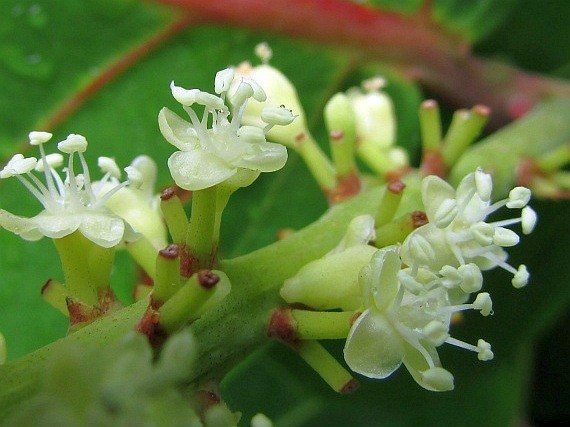
Crown formation
The trees can grow to more than eight meters in height . They have an oval-ovoid crown. The plant has emerald leaves with bright burgundy veins. After growing, the leaves turn creamy.
Leaves plants are wide up to 25 centimeters, elongated up to 14 centimeters. They have a dense leathery base. The reverse side of the leaves is light emerald. The bark of trees is amber.
Soil, soil
Under natural conditions, it tolerates saline soils well. Grows well on sandy soils. But the composition of the earth does not matter. The tree can adapt to any growing conditions.
Planting and transplanting
The transplant is carried out as the root system of the plant develops . Young trees are replanted every year. Transplantation of adult bushes is done once every 3-4 years. The top layer of the earth must be changed annually in the tank.
An ornamental bush is planted directly into the ground or in a pot with a thin layer of drainage . Broken brick, pebbles, expanded clay will do. The container should be spacious with free space for the plant’s root system.
After planting , for two weeks, for good rooting of the plant, it must be kept in partial shade. In the summer, the plant prefers the west or east side.
If the flower is placed on the south side, then the plant will receive severe sunburn, and its leaves and fruits will turn red and fall off.
In winter, the flower must be specially supplemented. For this, incandescent, fluorescent, LED, high-pressure sodium lamps are suitable.
Temperature
The flower is very photophilous, but does not tolerate sunlight. Prefers partial shade. Growth temperature should be 19-25 ° C. In winter, the temperature must not be allowed to drop below 17 ° C. The plant can be ruined by frost.
For additional air permeability, a container with a tree is planted directly into the ground or placed on a pallet filled with broken brick, pebbles, and wet expanded clay.
Reproduction
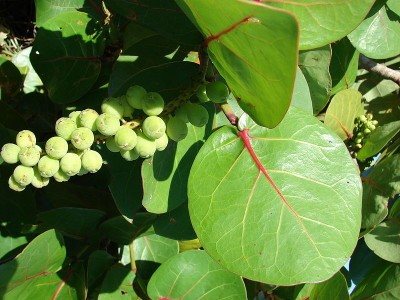
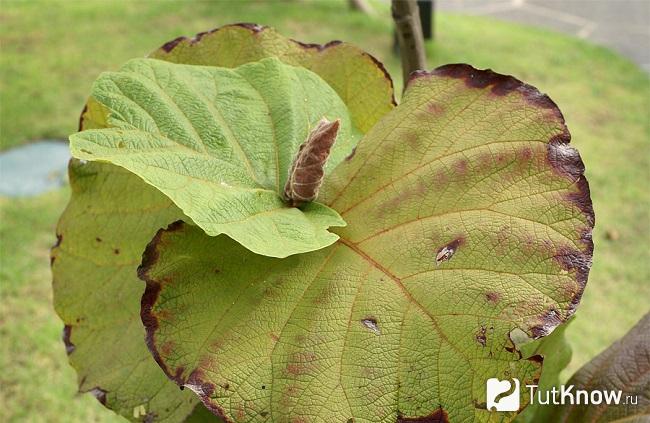
Growing Kokkoloba Berry at home is very difficult . With poor care, the tree begins to grow slowly and develop poorly.
The plant is planted in greenhouses, open balconies and botanical gardens. It is impossible to grow Kokkoloba Berry in an apartment. Propagated by seeds and cuttings.
Reproduction by seeds is produced in the 2nd decade of February – the 1st decade of March. When sowing, use fresh seeds. They are scattered over the top layer of the earth and germinated in a self-made greenhouse.
The microclimate is constantly kept at a high level of humidity. Growth occurs 20-35 days after planting.
When grafting, use green cuttings. The optimum temperature for planting is 28-30 ° C. It is preferable to plant before the start of the growing season.
Content
- 1. Description
- 2. Cultivation
- 3. Diseases and pests
- 4. Reproduction
- 5. First steps after purchase
- 6. Secrets of success
- 7. Possible difficulties
Kokkoloba is a genus of small evergreen trees, shrubs and lianas, belonging to the Buckwheat family. Slightly more than 50 plant species are known, but only two of them are found in indoor culture, which are grown as tubs.
It is no coincidence that flower growers have shown interest in tree-like representatives of the genus. Attractive plants have unusual leaves. They are distinctly rounded, sometimes heart-shaped or oval in shape, moreover, they have an amazing olive color, which is complemented by a reddish pattern. Graceful lines on the surface of sheet platinum are formed by veins that change color with age to cream. The most popular type is with soft pubescent leaves.
Kokkoloba flowers are white, fragrant, apical, collected in dense inflorescences: ears or brushes. Later, fruits are formed in their place – edible berries of red or purple color. It was they who gave the second name to the plant – Sea Grapes. Indoors, Kokkoloba does not bloom. It is grown only for the sake of leaves with an unusual color and surface.
Related article: Bird cherry late description and features
A rare tropical plant tolerates pruning well, and its shoots easily take the desired shape. Due to these properties, Kokkoloba is used for growing bonsai.
Coccoloba pest and disease control methods
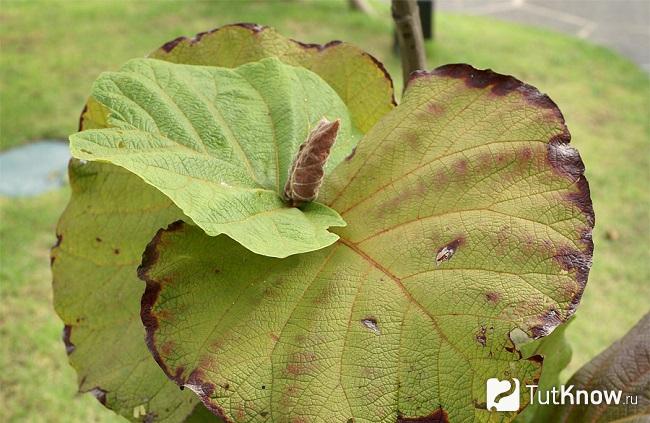

If the growing conditions for coccoloba are often violated, then there is a high probability that the plant will be affected by harmful insects such as aphids, scale insects, mealybugs or spider mites. If correct signs of pests are found, an urgent treatment with insecticidal preparations will be required.
Also, with flooding of soil and high humidity, the plant can be affected by powdery mildew (fungal disease), in this case, if no measures are taken, then all the leaves are covered with a bloom, which is very similar to dry powdery mildew or dried lime. To combat this disease, sea cucumber is treated with colloidal sulfur, an inorganic fungicide. You can also take funds and stronger – from the chemicals “Topaz”, “Acrobat” or the like.
If there is not enough light, then the coccoloba shoots towards the source of illumination, and foliage may also fall off. In winter, leaf plates can sometimes begin to turn red and then fly around.
Cultivation
Coccoloba is grown in two ways: as a tub plant and bonsai. In the first option, she needs a volumetric capacity corresponding to the size of the root system and, most importantly, the weight of a small tree, which needs to be stable. In the second, there is a special container for bonsai.
The tub version is transplanted at a young age annually, an adult plant needs this procedure less often – once every two to three years. Bonsai transplant is carried out according to the rules for creating miniature compositions. In the early stages of plant formation, often in order to stimulate the growth of additional roots. Mature plants are transplanted as needed.
Top dressing is done with organic and mineral fertilizers alternately. In spring and summer, they are brought in once every two to three weeks, in winter – once a month.
Кокколоба (Coccoloba)
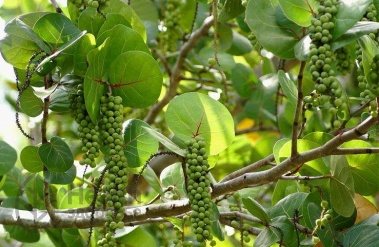
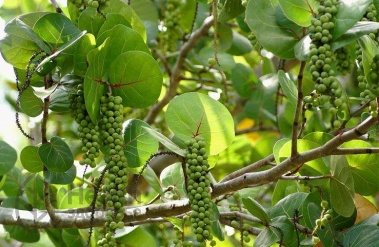
Kokkoloba is a genus of evergreen shrubs, lianas and trees of the Buckwheat family with large leaves up to 60 cm in length. Some species are used as ornamental plants. The fruits of the berry-bearing coccoloba species are eaten.
Table of contents
In cooking
The fruits of the berry coccoloba are eaten, which is also called “sea grapes” due to the fact that it grows on the coasts of tropical America (near the Caribbean Sea, including Florida and Bermuda), and its fruits form bunches, like in grapes …
The fruits of the coccoloba are berry-bearing, rounded, 2 cm in diameter, with a purple skin, under which there is a pulp that envelops a large seed. They taste sweet, with a nutmeg aroma.
They are eaten fresh, jellies, jams and preserves are also prepared. In addition, the pulp is added to various desserts, including ice cream. Wine and vinegar are made from the fruit of the berry coccoloba.
In gardening
As a houseplant, two types of coccoloba are grown – berry coccoloba (lat.Coccoloba uvifera) and pubescent coccoloba (lat.coccoloba pubescens). Their lifespan is about 55 years.
Kokkoloba berry-bearing is a plant up to 8 meters high, but outside its habitat, it usually grows a little more than 2 meters. It has rounded-oval leaves up to 12 cm long and up to 20 cm wide, dense, almost leathery, shiny. They are light or dark green above, and green below. The bark is smooth, yellowish.
Kokkoloba pubescent much higher, from 10 to 20 meters in height. The leaves are up to 50 cm in diameter (however, cases have been recorded when the leaves reached almost a meter in diameter), with a smooth wavy edge. The leaves are green above, and brownish, pubescent below.
Coccoloba is grown, as a rule, in greenhouses and conservatories, since it is a tub plant, it requires a lot of space. It should be borne in mind that even with proper care, these types of coccolobas do not bloom or bear fruit at home, they are grown because of their spectacular appearance and beautiful large rounded leaves with red veins on young leaves (and creamy on old ones).
The location for the coccoloba should be bright, without direct sunlight. In summer, she prefers the east or west side. The plant prefers a moderate air temperature, not lower than 12 degrees Celsius in winter. The air of the coccoloba needs humidified, for this reason it needs to be frequently sprayed.
The plant is watered abundantly in summer and moderately in winter; it is strictly forbidden to dry out the ground. Kokkoloba berry grows in the wild on saline soil, so it cannot be watered with hard water containing chlorine impurities.
The plant is transplanted as its root system develops. A young coccoloba, as a rule, is transplanted annually, and an adult once every 3-4 years. The bush is placed in a large pot with broken brick, expanded clay or pebbles at the bottom, in a soil consisting of leafy, humus and turf soil, sand and peat. After that, for two weeks the plant is kept in partial shade, in such conditions it takes root better. In those years when the plant is not transplanted, the top layer of the earth must be replaced.
Fertilizers should be applied from spring to autumn; it is advisable to use universal complex fertilizers with microelements. In winter, when lighting is available, the dose is halved. In the absence of illumination, feeding is canceled.
The best way to propagate a plant is with cuttings. You need to root the cuttings in the spring. It is recommended to use phytohormones and bottom heating, and keep the temperature at least 25 degrees Celsius. Coccoloba also reproduces by freshly harvested seeds, but they are quite difficult to get in Russia.
Of the pests, coccolobes can be annoyed by the red spider mite. As a rule, this happens in rooms with dry air. If thin cobwebs are found on the leaves and petioles, the plant must be treated with an insecticide, and then the conditions of detention should be improved.
In medicine
In official medicine, coccoloba is not used.
Contraindications and side effects
The use of the plant for medicinal purposes is contraindicated for all categories of persons. Before eating the fruit of the coccoloba, you should consult a specialist.
In other areas
Because some coccoloba species are resistant to salinity and can grow in sand, they are planted on beaches not only for decorative purposes, but also to stabilize the coastline and as a barrier to sea turtles.
Coccoloba berry juice is used in the West Indies and Jamaica for tanning and dyeing leather, and furniture is made from the wood of old trees.
Classification
Coccoloba (Latin Coccoloba) is a genus of evergreen shrubs, lianas and trees from the Buckwheat family (Latin Polygonaceae).
Botanical description
Plants of the coccoloba genus are small trees, shrubs or vines. Leaves they have alternate petiolate, or sessile, rounded, cordate and oval pointed, whole-edged, dense, leathery, in length they can reach 20 cm. Flowers are collected either in apical brushes or in ears. There are 6 to 8 stamens. The plant propagates by cuttings and seeds. The plant is dioecious, has male and female specimens.
Secrets of success
Kokkoloba is photophilous, it is recommended to choose the brightest place in the house for it. Care must be taken to protect the plant from direct sunlight.
For a tropical visitor, a sufficiently high temperature is needed all year round. In summer, the plant is recommended to be kept at + 22-25 ° С. In winter, the temperature should not drop below + 15 ° C.
Watering throughout the warm season should be plentiful for the plant. Only with the onset of winter is it reduced to moderate.
Kokkoloba is also demanding of air humidity. It is recommended to spray the plant daily, on hot days or during the heating season, the procedure is carried out twice a day.
The correct content of rare exotic plants is only possible for an experienced florist. But armed with knowledge and patience, even a beginner can master the art of growing it.
Types and varieties of coccoloba
Coccoloba is an evergreen perennial plant with very decorative leaves. In the natural environment, it can be seen as a tree, bush or liana. The homeland of the culture is North America, where it can be seen in more than 150 varieties. However, only two types of this flower can be grown at home. From our article you will learn about the characteristics and descriptions of the most popular types of culture, as well as some of the nuances of its cultivation.
Coccoloba pubescens
The homeland of this species are tropical forests in South America, where the plant is presented in the form of a tree, decorated with large sessile leaves with a circumference of up to 50 centimeters, which have an almost round shape. The front side of the leaf plate has a glossy surface and green color, and the back is covered with brownish hairs. This species can be grown at home, but it needs a lot of capacity and space. In nature, the tree can grow up to 20 m. It blooms with white-light green flowers, which deplete the fragrant aroma. Flowers are formed on apical petioles. The petioles can be up to 60 cm long. After flowering and pollination, an ovary is formed. The fruits are presented in the form of red berries with a circumference of 2 cm. Edible berries can be used for food. The culture is often found in botanical gardens and greenhouses.
Coccoloba diversifolia
The plant is also known as the pigeon plum. It is a fruit tree that occurs naturally near the Caribbean Sea, southern Mexico, the Bahamas, Guatemala, South Florida and Belize. The species is characterized by a height of 10-18 m, the trunk is covered with a smooth gray bark. On the branches, elongated-ovoid leaves of a smooth shiny surface are formed, about 5-13 cm long, 2-7 cm wide. The front side of the leaf plate is painted in a bright green color, the back side has pale pubescence. In the spring, the tree blooms with white flowers of an unremarkable species, which drain the delicate fragrant aroma. At the end of flowering, fruits of a dark purple color are formed in the shape of a berry with a circumference of 6-10 mm. Fruits ripen in October. A characteristic feature of this species is its good tolerance to cold winds, drought and salt water irrigation. However, the culture absolutely cannot stand the temperature drop below 0 degrees and may die.
Crafts for the garden: how to decorate a summer cottage with your own hands
Кокколоба ягодоносная (Coccoloba uvifera)
Representatives of this species have round leaves of a leathery structure and a glossy surface. The size of the leaves is much smaller than the previous species, the leaf surface is decorated with red veins that form a beautiful pattern. Plant height in natural environment is about 8 m, leaf length 10-12 cm, width 14-20 cm. The edges of the leaf plates are solid. In older trees, the back of the leaves is green and the front is cream. The trunk is covered with smooth yellow bark. It blooms in small flowers that form racemose inflorescences of a penetrating species. The inflorescences are creamy in color and exude a pleasant aroma. At the end of flowering, rounded purple berry fruits with a circumference of 2 cm are formed. Inside the fruits there is a large grain, enveloped in juicy pulp, which has a sweet taste. The fruits form clusters and hang down on the shoots. After ripening, they fall to the ground. Berries are used for food, they make jelly or jam. This species is often found in Florida and Bermuda, it is used as an ornamental plant, which is planted in coastal areas. Propagated by seed or cuttings. Flowers are honey plants, form a large amount of nectar. The fruits are used for making juices, wine, and also as a dye for dyeing leather goods. This species is able to be cultivated in indoor conditions and greenhouses. It is appreciated for its decorative leaves and relative unpretentiousness in growing. The main condition for successful cultivation is providing the plant with a sufficient amount of scattered light, creating an optimal temperature of 20-24 degrees in the spring-autumn period and 16-18 degrees in winter, as well as regular watering and humidification. Due to the huge leaves, the plants quickly lose moisture and need frequent spraying.
Liked? Be sure to subscribe to us on OK, VK, Zen and FB
Botanical description
The maximum plant height is 8 m, but most often it is slightly more than 2 m. The leaves are rounded-oval or broadly ovate, 10-12 cm long, 15-20 cm wide, entire, dense, almost leathery, glossy. On the upper side it is light or dark green, in young leaves the veins are reddish, in old ones they are creamy, the underside is green. The bark is smooth, yellowish.
The flowers are small, fragrant cream, collected in drooping long brushes. The fruit is round, 2 cm in diameter, with a woody, purple skin, under which there is a thin layer of sweet nutmeg pulp surrounding the large seed. The fruits hang from the clusters like a bunch of grapes, and fall off as they ripen. They are consumed fresh and used to make jelly.
Coccoloba reproduction
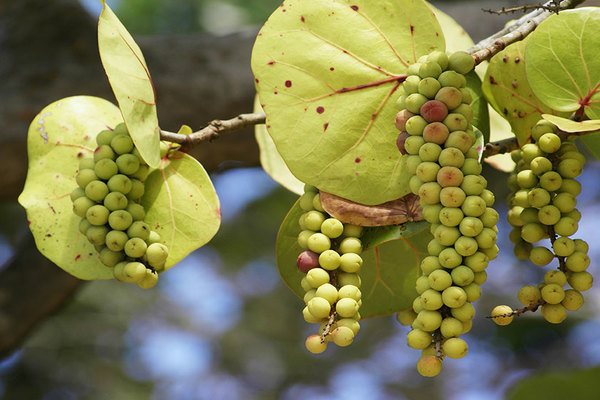
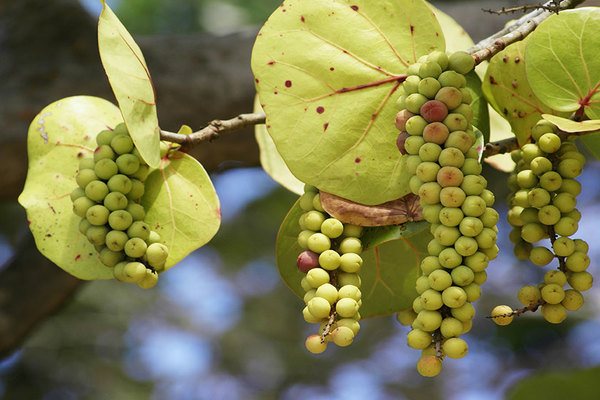
Coccoloba sea grapes: photo
Propagation with seeds, which must be sown in springtime in loose and moist soil to a depth of about 2 cm. For propagation, only fresh seed should be used. this is due to the fact that seeds begin to deteriorate during long storage, as a result of which they may lose their germination. Half-ripe cuttings should be immersed in a powdery rooting mixture and sent to a warm room. The rooting process takes about 1.5-2 months.
